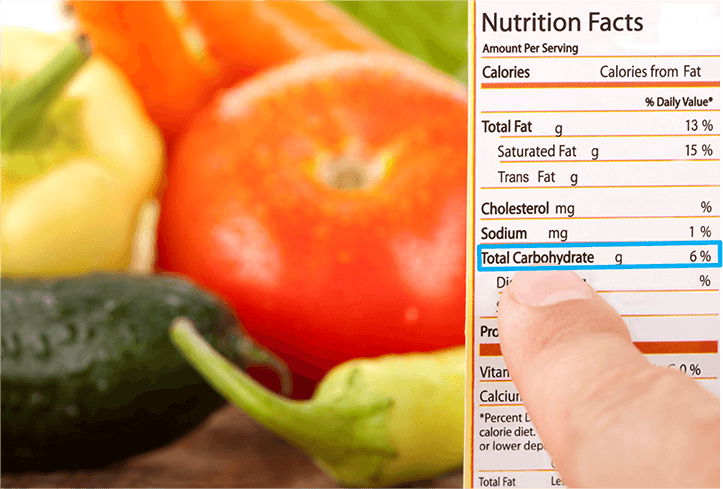Carbohydrates are the major source of energy in our diet, and can provide energy of about 4 kcal/g or 17 kJ/g. Carbohydrates also play important roles in many physiological processes such as intercellular communications, infection processes, and certain types of cancer. Because of the essential impacts of carbohydrates to the human body, it is important to determine the types and quantity of carbohydrates in food products. Accurate measurement of carbohydrates is also required for proper nutritional labeling, detection of adulteration, food processing, quality control, economic, and many other reasons.

Lifeasible, as your trusted partner in nutritional analysis, provides high-quality analysis services for a full scope of carbohydrates, including various monosaccharide (e.g., glucose and fructose), disaccharide (e.g., maltose, sucrose and lactose), oligosaccharide (e.g., maltodextrin and prebiotics), polysaccharides (e.g., starch, cellulose, and dietary fibers), polyols (e.g., xylitol, sorbitol, mannitol, and isomalt), and others. Experts at Lifeasible will help you with reliable carbohydrate content analysis through a variety of methods including chromatographic, electrophoretic, chemical, enzymatic, and physical methods.
Chromatographic methods are the most powerful analytical techniques for the analysis of the identities and concentrationsof monosaccharides and oligosaccharides in foods. Carbohydrates can be separated on the basis of their partition coefficients, polarities or sizes by passing the analytes through a selected column. For the separation and identification of carbohydrates, most commonly used chromatographic methods are thin layer chromatography (TLC), high-performance liquid chromatography (HPLC), gas chromatography (GC) and HPLC/GC conjunction with NMR or mass spectrometry.
Carbohydrates can be derivitized to be electrically charged (e.g.,by reaction with borates) and separated by electrophoresis according to their sizes. Carbohydrate molecules with smaller sizes will move faster in an electrical field than those with larger sizes.
The principle of chemical methods for determination of carbohydrates is based on the fact that reducing sugars (non-reducing carbohydrates can become reducing carbohydrates via hydrolyzation) can react with other components to yield precipitates or colored complexes, which can be quantified gravimetrically, spectrophotometrically, or by titration.
Enzymatic methods are ideal for determination of carbohydrates in foods due to their rapid, high specificity and high sensitivity. The principle of enzymatic methods used to determine carbohydrates relies on the ability of enzymes to catalyze specific reactions. The concentration of the end product and/or the initial rate of the enzyme-catalyzed reaction are commonly used to determine carbohydrate concentration.
Due to the variation of carbohydrate concentration in food, some physicochemical characteristics of the food may change, which can be determined by various physical methods such as polarimetry, refractive index, infrared, and density.
Our carbohydrate routine research aims to deliver accurate carbohydrate testing with quick turn-around time and high sensitivity. Work closely with Lifeasible, you will benefit from our tailored high-quality services. For questions or inquiries, please feel free to contact us.